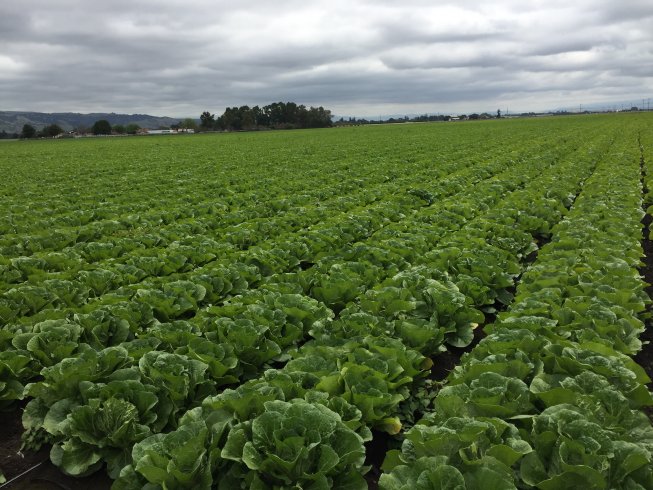Today, FDA released the findings of its investigation into the contamination of romaine lettuce implicated in three outbreaks of E. coli O157:H7 during the fall of 2019. These outbreaks, which were traced back to the Salinas Valley growing region in California, began in September and ended in December 2019, collectively resulting in 188 illnesses.
These findings underscore the importance of data-based preventive measures to address risk and aligns with Western Growers’ efforts that support data-based solutions. Western Growers remains committed to working with FDA, the leafy greens industry and other stakeholders to address the recommendations included in this investigation report.
The investigation resulted in several key findings:
- Each of these three outbreaks, identified in the report as Outbreaks A, B and C, was caused by distinctly different strains of E. coli O157:H7 as determined by whole genome sequencing (WGS) analysis.
- FDA considers adjacent or nearby land use for cattle grazing as the most likely contributing factor associated with these three outbreaks.
- Traceback investigations identified a common grower with multiple ranches/fields which supplied romaine lettuce during the timeframe of interest to multiple business entities associated with all three outbreaks.
- The same strain of E. coli O157:H7 that caused Outbreak A was found in two different brands of fresh-cut salads containing romaine lettuce in 2019.
- This same outbreak strain of E. coli O157:H7 in Outbreak A was detected in a fecal–soil composite sample taken from a cattle grate on public land less than two miles upslope from a produce farm with multiple fields tied to the outbreaks by the traceback investigations.
- Other strains of Shiga toxin-producing E. coli (STEC), while not linked to any of the outbreaks, were found in closer proximity to where romaine lettuce crops were grown, including two samples from a border area of a farm immediately next to cattle grazing land in the hills above leafy greens fields and two samples from on-farm water drainage basins.
While FDA could not confirm a definitive source or route(s) of contamination of the romaine fields, the agency considers indirect transmission of fecal material from adjacent and nearby lands from water run-off, wind, animals or vehicles to the romaine fields, or to the agricultural water sources used to grow the romaine, as possible routes of contamination.
According to FDA, these findings, together with the findings from earlier leafy greens outbreaks, suggest that a potential contributing factor has been the proximity of cattle – a persistent source of E. coli O157:H7 and other STEC – to the produce fields identified in traceback investigations. The agency stressed that these key findings reinforce concerns about the possible impacts of nearby and adjacent land use on the safety of leafy green crops.
FDA is in the process of conducting in-depth, follow-up investigations this growing season. In addition, last March, the agency released a 2020 Leafy Greens STEC Action Plan, which outlines a three-pronged approach for tackling this problem. It describes FDA’s plans for working with industry, federal partners, state and local regulators, academia and others to address the safety of leafy greens by advancing work in three areas: prevention, response, and addressing knowledge gaps.
Click here to download a copy of the investigation report titled: “Factors Potentially Contributing to the Contamination of Romaine Lettuce Implicated in the Three Outbreaks of E. coli O157:H7 During the Fall of 2019.”




